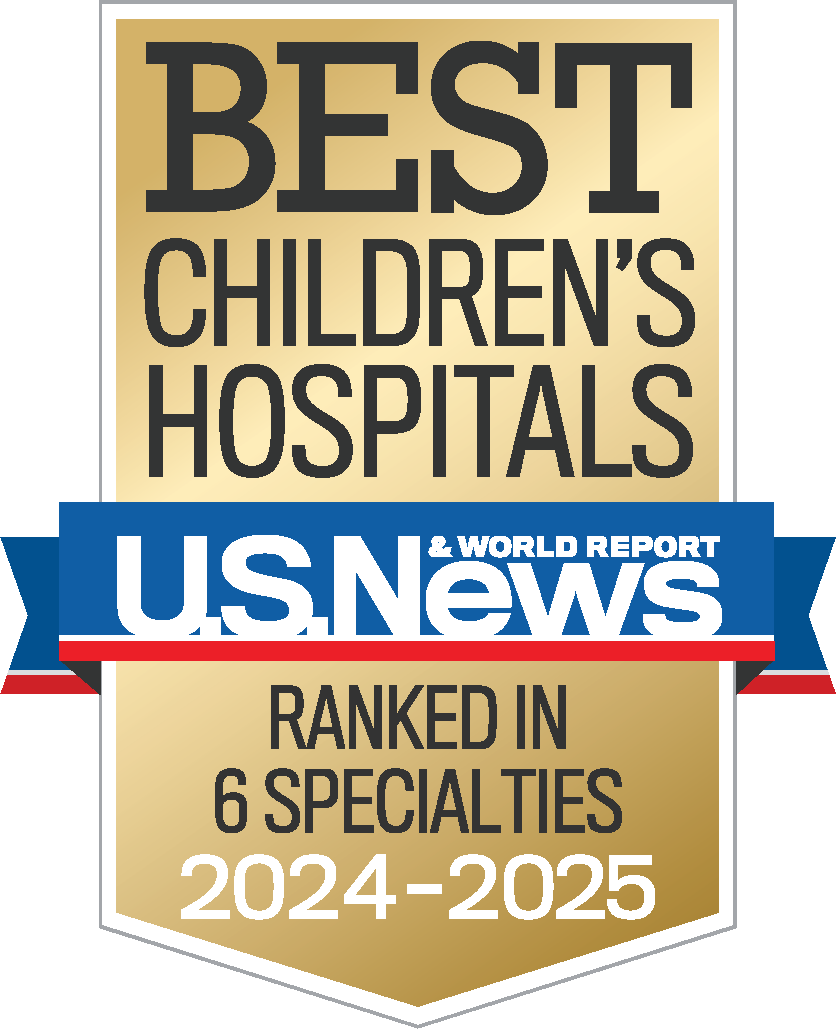General Information
What is a concussion?
A concussion or mild-traumatic brain injury (mTBI) can be caused by a bump or hit to the head or body that causes the head and brain to move back and forth. This rapid movement can cause the brain to stretch and compress which can lead to damage of brain cells. Concussions can occur with or without loss of consciousness. It is important to remember that fewer than 10% of concussions result in loss of consciousness.
How common are concussions?
The Centers for Disease Control and Prevention (CDC HeadsUp) estimates that as many as half a million kids each year are treated in the emergency department for traumatic brain injuries in the United States. Sports with the highest rates of concussions include football, soccer, and ice hockey; though significant numbers occur in other sports, including lacrosse, basketball and cheerleading. Other occurrences of mTBI typically involve falls, motor vehicle crashes or being struck by an object. Individuals who have had a single concussion are more likely to suffer subsequent concussions in the future.
Younger individuals may take longer than college and professional athletes to recover from concussions due to brain development.
When a concussion is suspected the athlete should be immediately removed from play and assessed by an experienced athletic trainer or on-field physician. Athletes who return to play before resolution of their concussion symptoms are at higher risk for significant brain injury.
Athletes should not return to play the same day as the injury. Medical clearance must be given before returning to play.
When returning to play, athletes should follow a stepwise program.
1. Light aerobic exercise (e.g. stationary cycle, walking) after 24-48hrs after injury
2. Moderate aerobic exercise (e.g. up to 70% max heart rate)
3. Sport-specific exercises – no activities that risk being hit the head
4. Non-contact training drills
5. Full contact practice after medical clearance
6. Return to competition (game play)
There should be at least 24 hours between each stage. If symptoms occur while going through the protocol, stop the activity and contact the doctor’s office. Resistance training should only be added with doctor’s approval that does not result in more than brief and mild symptoms that go away quickly.
Our physical therapy team at Children's Sports Medicine (add link to PT page?) is well equipped with the tools needed for general concussion-related physical therapy including, but not limited to vestibular therapy, return to play/ return to activity protocols, and buffalo concussion treadmill test.
Common Concussion Symptoms:
• Headaches
• Nausea/ vomiting
• Dizziness
• Confusion
• Blurred vision
• Fatigue
• Sensitivity to lights/ noises
• "Not feeling right" / "Feeling off"
If you are having any of the following symptoms, please seek emergent medical care immediately:
• Severe headaches
• Uncontrollable vomiting
• Loss of consciousness
• Difficulty walking
• Difficulty talking
• Difficulty staying awake
Treatment ages for concussion:
Our physicians will see patients birth though the age of 21. Patients that are 19 years and older may be seen provided they are still in school (college, trade school, post-graduate school, etc.). If older patients are not in school, these will be decided on a case-by-case basis.





